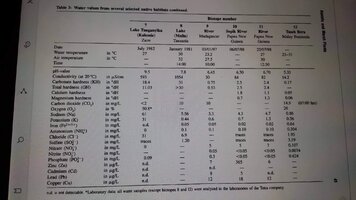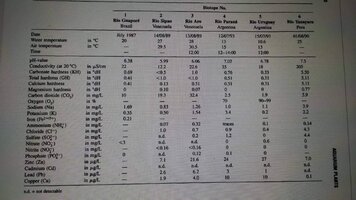MichaelJ
Member
maybe we need to collect some data points? Here's mine
I am not entirely sure what the final data points is going to be for me. But the particular low-tech tank (40 US Gallon / 150 L) I am going to use for the high light experiment is currently:
Starting point is 100% RO+DI water degassed for about 24 hours.
KH ~1 from K2CO3
GH ~4.75 (Ca 24 ppm / Mg 6 ppm) Ca Gluconate, MgSO4 and a tiny bit of CaCl2 (for the trace amount of Cl). Mg from Mg Gluconate and Mg(NO3)2).
pH is in the 6.2-6.5 range
Temperature 75 F / 24 C (very stable all year around)
Photoperiod +12 hours at low light intensity (my tanks are in a room with very low levels of ambient or daylight exposure)
NO3 15.33 from Mg(NO3)2
PO4 4.60 from KH2PO4
K 18.0 from K2CO3 and KH2PO4
Fe 1.0 ppm from EDTA (Nilocg Plantex CSM+B traces)
Fe 0.25 from Fe Gluconate
All the minerals and macros are mixed in with the weekly ~40% WC. Traces are split into two weekly doses (1st on the day after WC and the 2nd mid week).
Stocking is fairly light (Tetra's and Oto's).
Of course, I will (probably) have to tweak the above for the high light experiment. Otherwise, I expect I can keep in my substrate and just replace a ton of plant and crank the light waay up! (against my own advice 🙂 )
Cheers,
Michael
Last edited:












